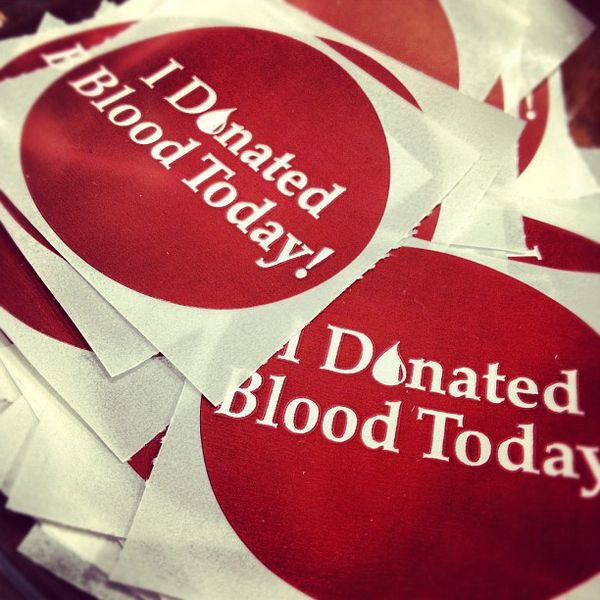A guide to donating blood
The American Red Cross recently declared a national blood crisis and hospitals around the nation are short on life-saving blood supplies
Blood supply is one of the most vital parts of a hospital: from helping sickle cell patients who need regular blood transfusions to trauma patients that need blood in an emergency, blood transfusions save about 4.5 million lives every year in the US. In fact, according to the American Red Cross, a blood transfusion is needed in the US every two seconds. Because of its high demand and short shelf life, blood must be consistently donated throughout the nation.
On Jan. 11, right in the middle of National Blood Donor Month, the American Red Cross, the organization responsible for 40% of all donated blood, declared a national blood crisis. Since March 2020, there has been a 10% decrease in the amount of blood donations Red Cross has received, and as a result, hospitals around the nation are short on blood.
Donated blood is used for all types of patients, from patients suffering from cancer to sickle cell anemia to burns to car accidents, so the current blood shortage can have detrimental effects for certain patients. This makes donating blood today especially important.
COVID-19 is one of the major causes for the blood shortage. In 2019, prior to the pandemic, high school and college blood drives contributed to about 25% of all donated blood. Since then, many drives have been canceled due to COVID-19; high school and college blood drives specifically have decreased 62% during the pandemic. In addition to canceled blood drives, COVID-19 has also led to staffing shortages in blood donation centers and has generally discouraged people from donating.
However, no matter the situation or time period, blood donation is still vital in saving lives, and all those who are eligible should donate blood if possible. In fact, otherwise healthy donors are still eligible to donate blood even after having COVID-19, as long as they wait 10 days after their symptoms end to donate.
Blair has held blood drives in the past, but unfortunately, there are currently none scheduled due to the pandemic. Luckily, the blood donation process in clinics outside of Blair are also very simple, especially through the Red Cross website, for those eligible.
All individuals over the age of 17 weighing over 110 pounds and in generally good health are eligible to donate blood. A more detailed list of requirements can be found here.
There are many blood donation centers and blood drives happening in Maryland. Places for blood donations nearest to you are easy to find through the Red Cross website. Appointments must be made in advance in order to donate blood, and certain blood donation centers might be fully booked, so make sure to make an appointment well before your blood donation date!
The Rockville Blood Donation Center and the Dr. Charles Drew Blood Donation Center are two blood donation centers close to Blair that are currently still open for appointments.
Appointments with the blood donation center you find can be made directly on the Red Cross website. To make an appointment, all you need to do is create an account by providing an email address, name, zip code, and date of birth.
After that, you're all set!
Once you actually get to the blood donation center, you'll need to bring proof of identification, and you'll provide your full address as well as some health history. Your temperature, pulse, blood pressure and hemoglobin level will be checked to ensure that you are able to donate blood. After the check-up, you will be ready to donate blood.
Whole blood donation, which is when all parts of the blood is collected, is the most common type of blood donation. The actual process of donating whole blood will take around 10 minutes. Other types of donations, such as platelet donations, may take longer.
After your donation, you will need to spend around 15 minutes in the refreshment area before being able to leave. This entire process of blood donation will take around one hour.
After donating blood, remember to drink extra water and eat extra iron-rich foods!
Kathereen Yang. hi! My name is Kathereen and I'm a junior writer. I enjoy reading and running, and I'm currently trying to figure out how to make pizza (without burning it). More »
Comments
Please ensure that all comments are mature and responsible; they will go through moderation.
